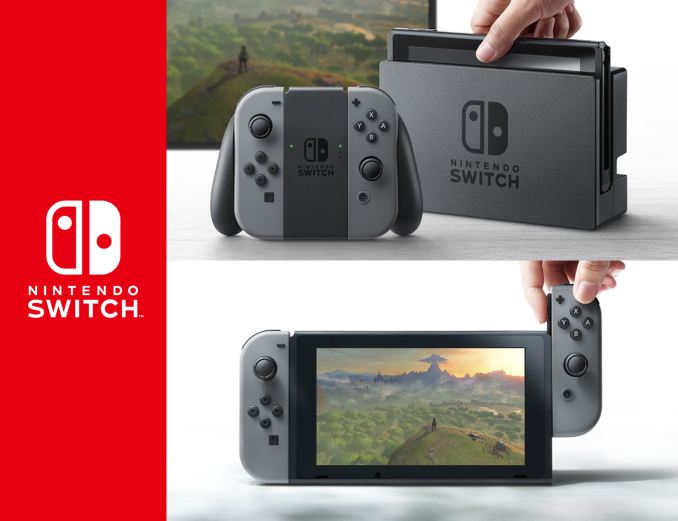tl;dr at the end
The problem is we don't know how much power will be allocated for the CPU. Switch allocates around 2W afaik, and I'm personally taking a high estimate of 4W. My reason for the high estimate is an increased overall power envelope, suggested by an overall 34% increase in tablet dimensions in the x and y axis. Bigger device = better cooling and bigger battery; I don't think Nintendo is seeking a similar power envelope as the Switch v1 but with an enormous battery for 6+ hour run times.
Now let's look at some numbers:
- Platform: Jetson AGX Orin 32GB
- Everything except CPU disabled, EMC frequency set to 3199MHz and load level set to low.
- CPU load level set to high. However, keep in mind that high loads during gaming will be instantaneous rather than sustained, so the average power usage will be a little lower.
- I calculated power for 4 cores and 8 cores, then deduced the power consumption of each core. Lastly I multiplied the final value with 8 to get the total power consumption for an 8-core CPU.
- Remember, this is on SEC8N.
1113.6MHz - 2.00W or 0.250W per core
1267.2MHz - 2.60W or 0.325W per core
1497.6MHz - 3.20W or 0.400W per core
1651.2MHz - 3.80W or 0.475W per core
1728.0MHz - 4.00W or 0.500W per core
1881.6MHz - 4.80W or 0.600W per core
2035.2MHz - 5.60W or 0.700W per core
2188.8MHz - 6.80W or 0.850W per core
2201.6MHz - 7.00W or 0.875W per core
Let's graph this:
Notice how around 1700MHz onwards power usage gets a little steep. Also, between 1270MHz and 1500MHz the line is relatively flat, meaning clocks below 1500MHz won't yield as much power savings. So in this scenario I can safely bet a 1500-1700MHz CPU clock.
Now if we were to replicate this on TSMC 4N, power usage will obviously be lower. How much lower, we don't know exactly.
Oldpuck estimates 40%, but I'd like to lean more towards 50% due to not having to bother with inter-cluster shenanigans. Let's assume an average of 45% and extrapolate the data:
1113.6MHz - 1.10W or 0.130W per core
1267.2MHz - 1.43W or 0.179W per core
1497.6MHz - 1.76W or 0.220W per core
1651.2MHz - 2.09W or 0.261W per core
1728.0MHz - 2.20W or 0.275W per core
1881.6MHz - 2.64W or 0.330W per core
2035.2MHz - 3.08W or 0.385W per core
2188.8MHz - 3.74W or 0.468W per core
2201.6MHz - 3.85W or 0.481W per core
Notice how we can easily achieve 1.7GHz on a 2.2W budget. At 3W we're getting a nice 2.0GHz clock but beyond that power usage goes up exponentially. But if I were to stick to the 4W budget, there seems to still be some clock headroom since we're at 2.2GHz at 3.85W
Now I don't want to get too optimistic, because there are too many estimated variables at play here, but I don't see why a 2.0GHz clock is unreasonable given that I do not think Nintendo is aiming for a similar power envelope as the Switch v1.
Also remember that the Power-Frequency curve for SEC8N will not necessarily line up with TSMC 4N. Meaning we could be looking at diminishing gains/losses at a different range compared to SEC8N's 1.5-1.7GHz. We have A78 cores running at 3GHz in some 5nm designs, and while the power usage is significantly higher than these numbers it gives me a reason to believe the range is much higher than SEC8N's.
tl;dr
I bet on a 2.0GHz clock. It's a safe bet, and I won't be surprised if it's higher than this. I will be surprised if it is lower though, unless they decide to allocate more power to the GPU and/or other components instead of the CPU.
jetson-tools.nvidia.com




